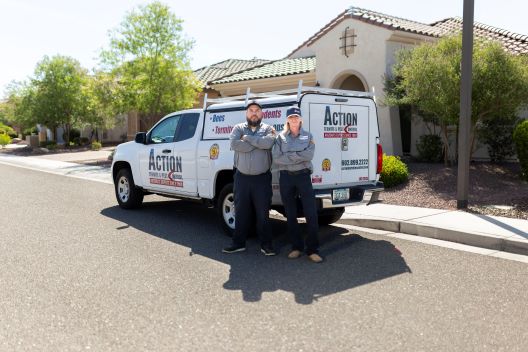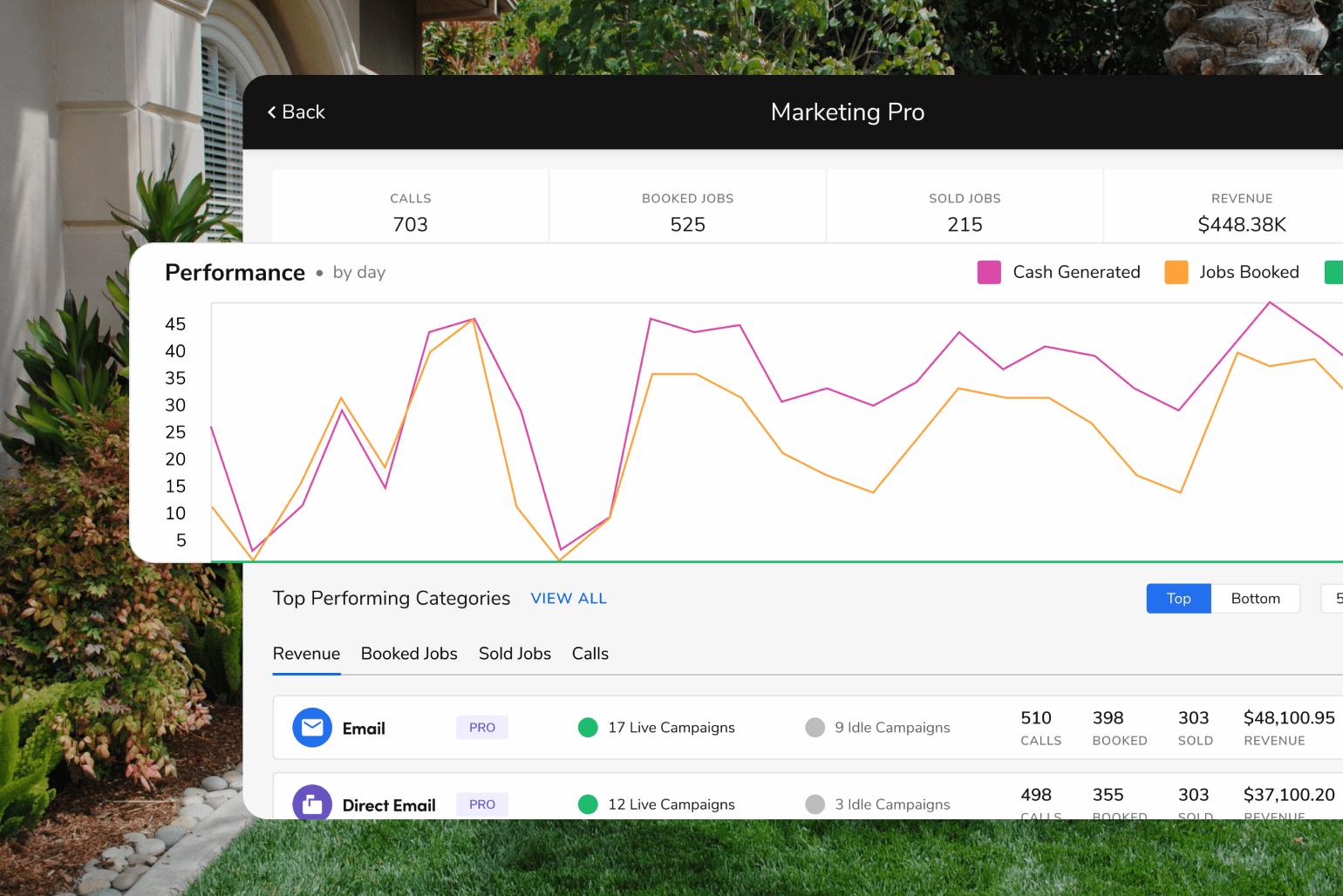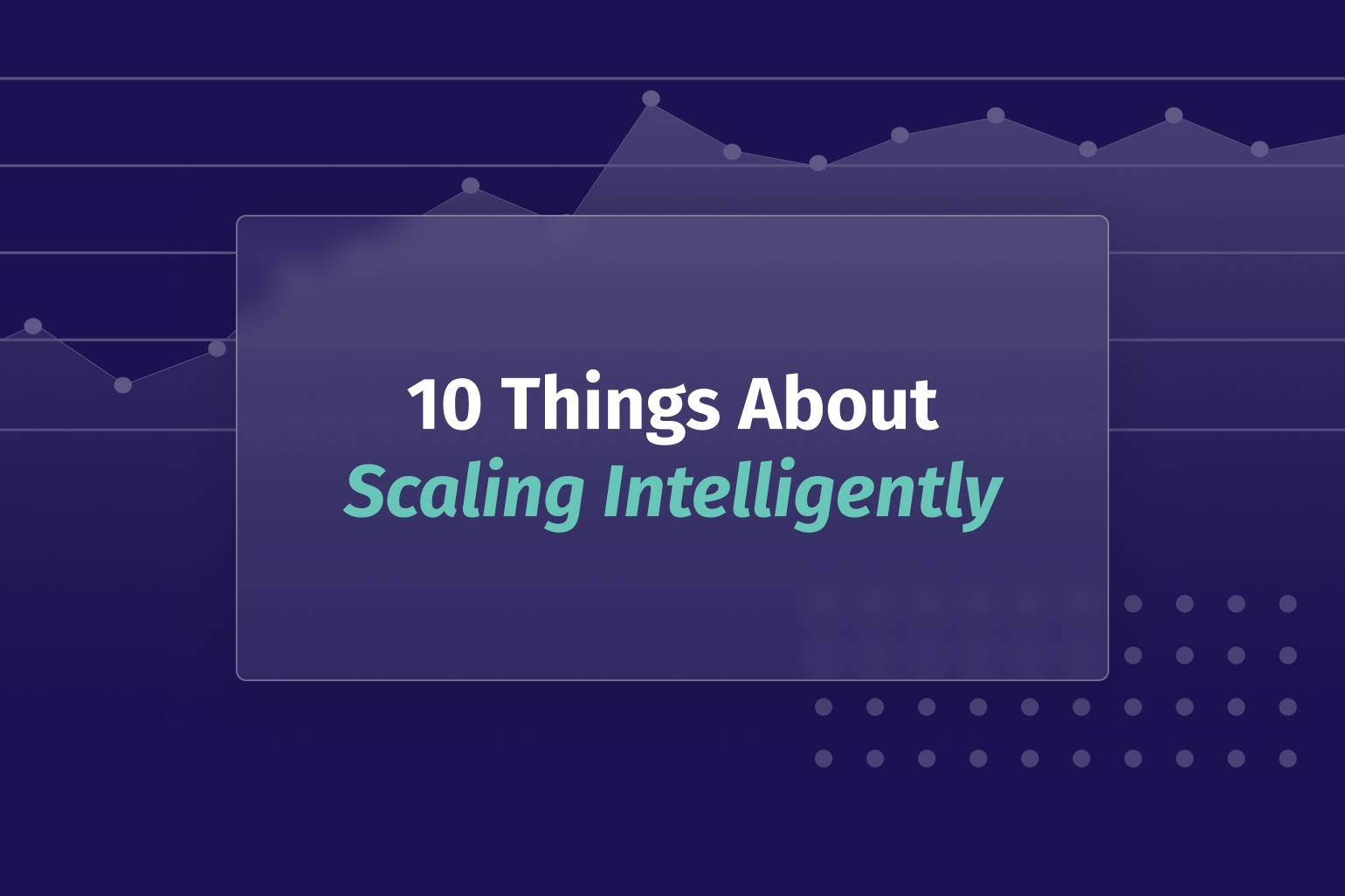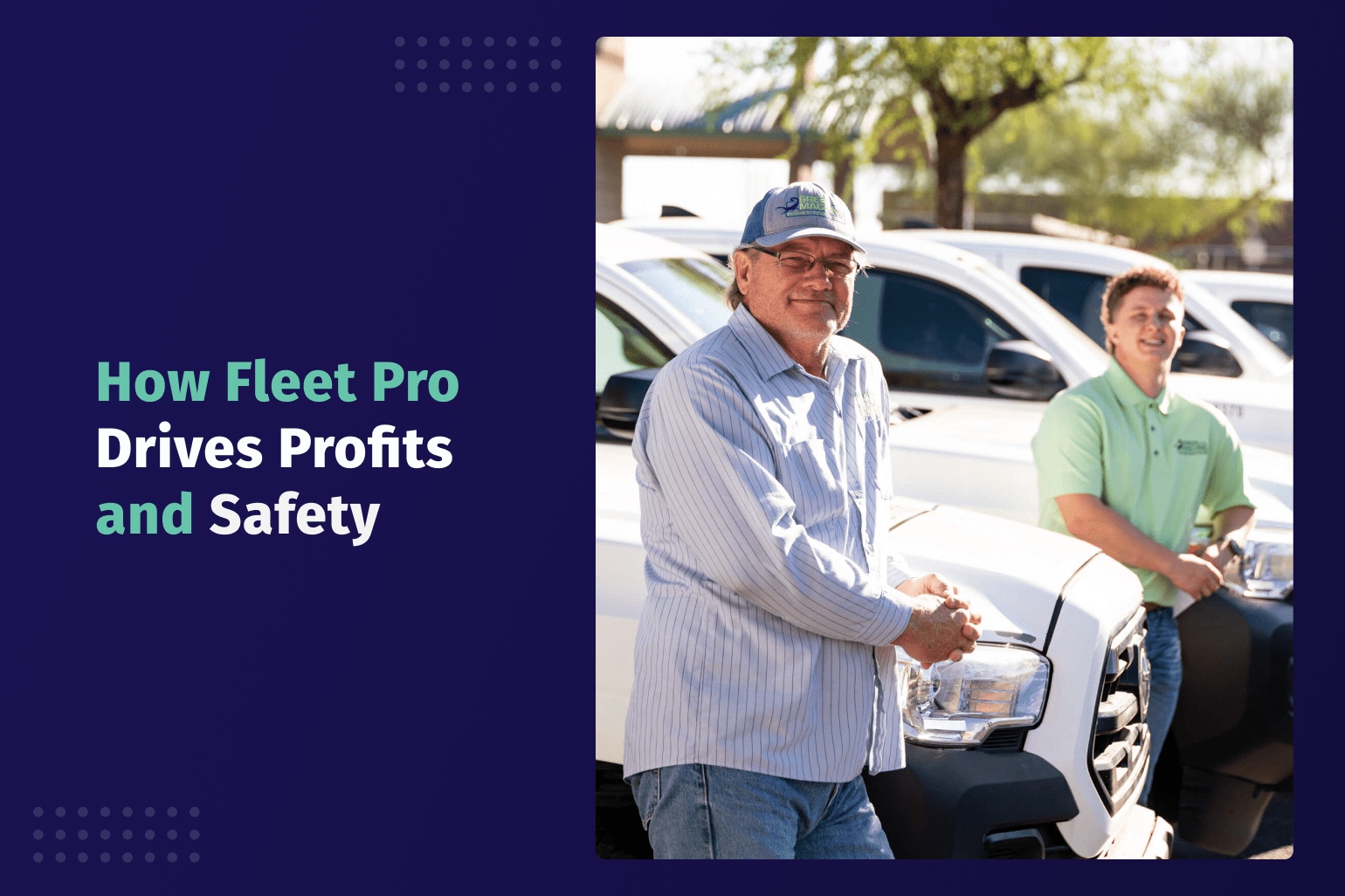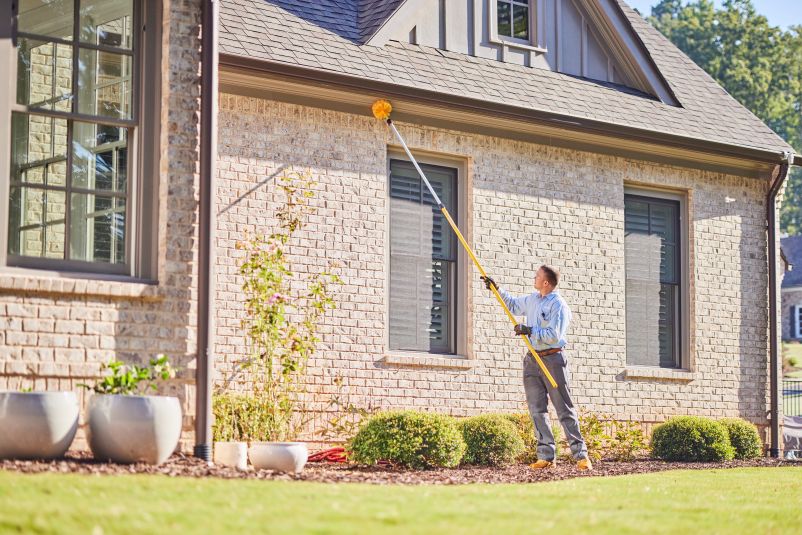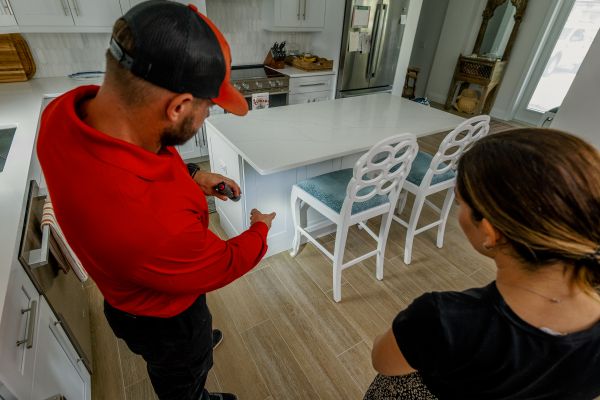I’ll Have Both Please: Your Marketing Strategy Needs Both On-Site And Off-Site SEO
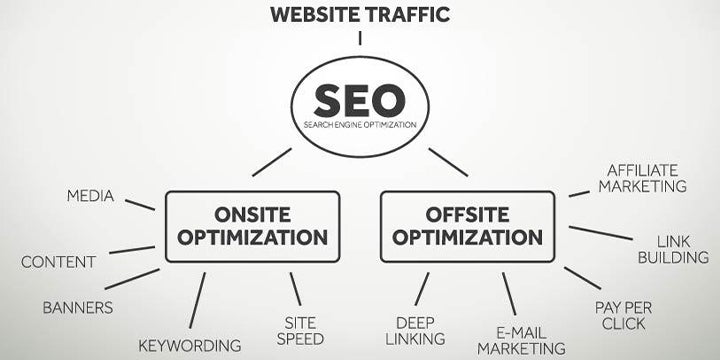
While some people think less is more, I’ve always been of the thought that more is more. As a result, when it’s time to make a choice between two options, my natural reflex is to choose both. In the case of on-site and off-site SEO, that’s a good thing. After all, why should you have to choose between the two when you can utilize both and have them work together to bring you the best of both worlds when it comes to your marketing strategy?
Know Your Options
On-site SEO focuses specifically on the content that you create. The goal is for it to be high-quality, relevant information that is useful to users. This is the type of content that Google algorithms look for. Search engines want you to be able to prove that yours is a voice worth listening to. You can think of it as an online show-and-tell. Show yourself as an authority in your field, an expert at what you do, and trustworthy to your consumers by telling them information that answers their questions and gets them results.
Off-site SEO involves the tools and techniques you use outside of your website that draw users to engage with your brand with the hope that they will ultimately come to your website and get to know your content, and in turn, your pest control company on a deeper level.
Opposites Attract
When asked if I would prefer a sweet or savory dish, I always want both because, in my mind, they complement each other. In the same manner, off-site SEO complements on-site SEO by helping Internet users recognize your pest control company’s legitimacy and building your site’s authority. It literally directs people to your quality, relevant content.
Start Here!
The saying goes that “if you build it, they will come.” But how do people even know to come to your site to view your content if they aren’t directed there? Off-site SEO to the rescue. A good introduction is all it takes to make a strong connection. That is the whole purpose of off-site SEO. There are some specific techniques that you can use to make the perfect introduction.
Link-Building: This is your foundation for building authority. When other trustworthy sites link to yours on relevant topics, it shows Internet users that your content is worth looking at. You can think of it as a trusted referral that leads the audience directly to you.
Content Marketing: To get people to your content, it’s essential to market it. You can do this with advertising campaigns and promotional opportunities.
Google My Business: There are many people who prefer to shop and support local businesses. Regardless, people need to know where your pest control business is located. Google My Business takes care of all of that by displaying your geographic location to people in your area and information about the services you provide.
Influencer Marketing: Social media is a great place to promote your brand and lead customers to your site and services. One way to accomplish this is through working with social media influencers on platforms like Instagram, Facebook, and YouTube. As a result, you will be able to reach a larger audience and have the recommendation of a source that the audience trusts.
Reviews: Positive reviews are powerful when it comes to getting people interested in your business and then converting them into customers. But positive reviews don’t just have a positive effect on people. Google responds to them too. Good, descriptive reviews help the search engine to better understand your services and your brand. When Google views your brand as an authority on a particular topic, your ranking is improved, which then puts you higher on the search engine results page (SERP).
Content Syndication: Linking to other sites that provide topically relevant resources for your customers is an example of content syndicating. However, it’s important to note that syndication should be done as a supplement to the good, original content that you’re already producing.
Meet Here!
Increasing traffic to your site is important, but none of that work matters if there isn’t good content there for them to engage with. But what qualifies as good, quality content?
Headlines and Headers that Grab: It’s always essential to make a good first impression. Attention spans aren’t as long as they use to be these days. If Internet users don’t see something that grabs their attention within the first few seconds, it’s likely that they will quickly move on to something that does. So, keep eyes on your page, and keep your content neat and organized with headlines, headings, and sub-headings that draw attention and accurately preview your topics.
Be the Answer: 14.1% of all Google searches are in the form of a question. You want your content to be a destination that provides answers to users’ questions that relate to the types of services that your pest control business provides.
Be User-Friendly: If it’s hard for users to navigate your site, they aren’t going to. So, not only should it be pleasing to the eye in terms of colors and fonts, but your content needs to be equally accessible and viewable across devices.
Show Viewers Around: In an effort to show your authority on relevant topics and to keep viewers on your website as long as possible, use internal links to other resources on your site.
Relevant Keywords: Keywords and phrases have always been important when it comes to search engines. However, it is important not to use random words and phrases just for the sake of using them. There must be a purpose and strategy. Your keywords and phrases should fit naturally into both your main content and your headlines.
In the case of SEO, less isn’t more. A complete and comprehensive SEO strategy requires both on- and off-site to get your audience to your website and to then engage them while they are there. The experts at Lobster Marketing have the tools and expertise to build your brand, generate more leads, and convert them into customers. With their use of SEO best practices, the Lobster team will build your website, get people there, and keep them there. Contact Lobster Marketing today to see how the partnership can help grow your pest control business.
